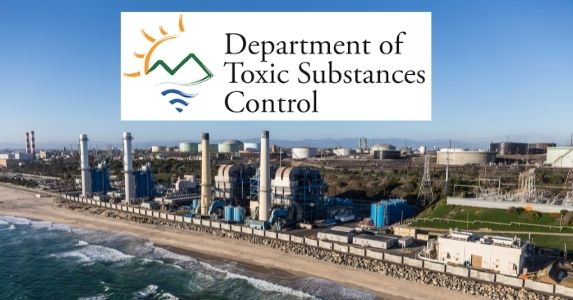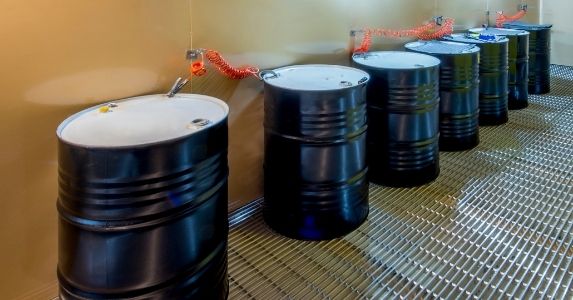Preparing for a California DTSC Inspection
What is the DTSC?
The DTSC has the jurisdiction to conduct inspections under California Health and Safety Code section 25185. They can perform sampling activities, inspect and copy records, and take pictures at locations or where hazardous wastes are stored, managed, processed, treated, or disposed of as part of these inspections. As part of their responsibilities, DTSC policy requires them to perform inspections and prepare inspection reports. The Department of Toxic Substances Control (DTSC) has the largest power of any California Environmental Protection Agency component.
DTSC Compliance Evaluation Inspections
The Compliance Evaluation Inspection (CEI) is the most prevalent type of inspection. This is a thorough examination of a facility's hazardous waste operations in all areas. In most cases, a facility is given no prior notice of an inspection. During the inspection, inspectors will arrive at a site, display their agency credentials, and speak with the person leading the facility's hazardous waste compliance program. Prior to beginning, the inspector tells the compliance manager of the inspection's purpose and ask for and document the operator's approval to perform the inspection.
Inspectors research the facility's background offsite prior to the inspection, which includes learning about the facility's hazardous waste operations, regulatory status, regulatory standards the facility must fulfill, and health and safety requirements. Prior to completing an inspection, the inspector will assess the following areas as needed:
- Regulatory Status
- File Review
- Hazardous Waste Tracking System Review
- Health and Safety Plan Review
- Pre-Sampling Activities
- Coordination with Regulatory Agencies
- Coordination with Permitting Teams
- Coordination of Financial Responsibility
- Equipment and Supplies
- Facility Mapping
California Unified Program Agency (CUPA) Inspections
If your organization stores or manages hazardous materials or waste, you should anticipate a CUPA inspection annually. Inspectors from CUPA are in charge of enforcing California's Unified Program, which consists of the following local environmental and emergency management programs:
- Aboveground Petroleum Storage Act (APSA) Program
- California Accidental Release Prevention (CalARP) Program
- Hazardous Materials Business Plan (HMBP) Program
- Hazardous Waste and Tiered Permitting Program
- Underground Storage Tank (UST) Program
Inspections take place once a year and are usually unannounced. A typical CUPA inspection includes a records check, a site walkthrough, and an exit interview.
Understanding your facility's hazardous waste generator status and the obligations required is the first step in being prepared for a DTSC or CUPA inspection. Bringing in a registered and qualified company that specializes in treating the hazardous waste that your facility creates is a good idea for most hazardous waste generators. Prior to an inspection, it is critical for businesses to assess their waste management and disposal methods. Inspections can be prompted in a variety of ways, including complaints from angry customers or former employees, so ensuring your facility is always in compliance is the best way to stay prepared. Our California waste regulation specialists are here to help. For assistance with managing hazardous waste and maintaining compliance in all areas of your facility, click below.






